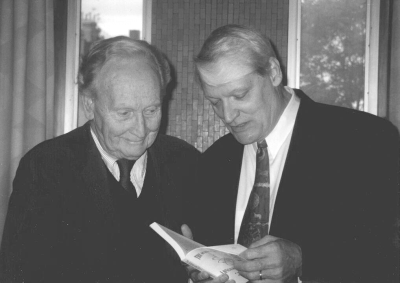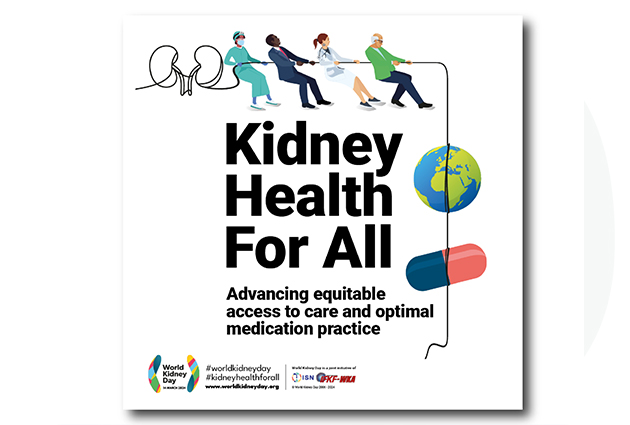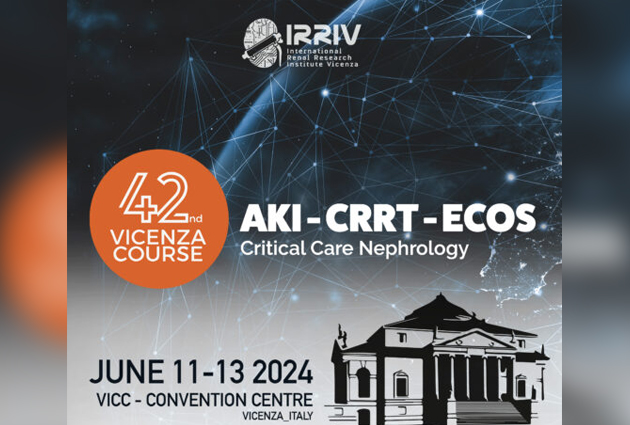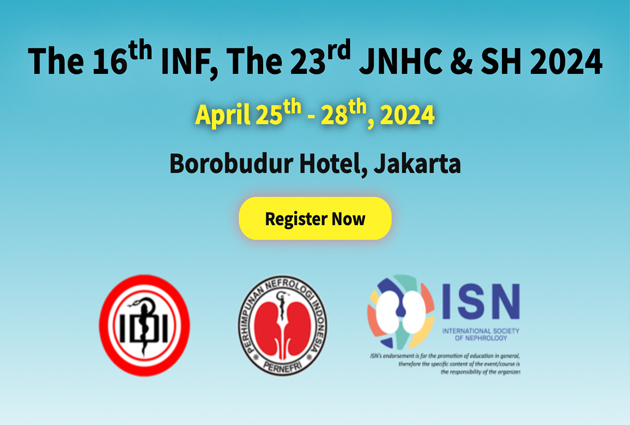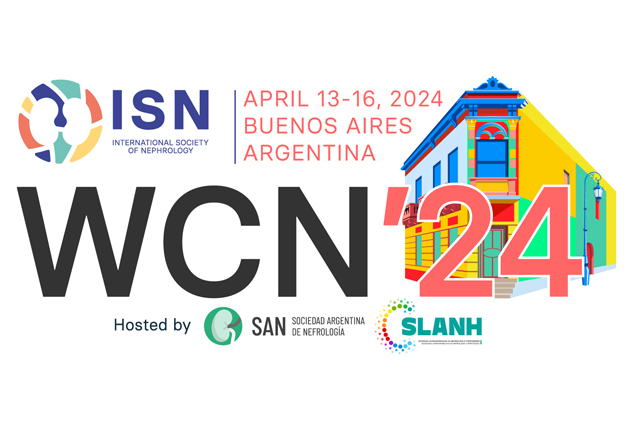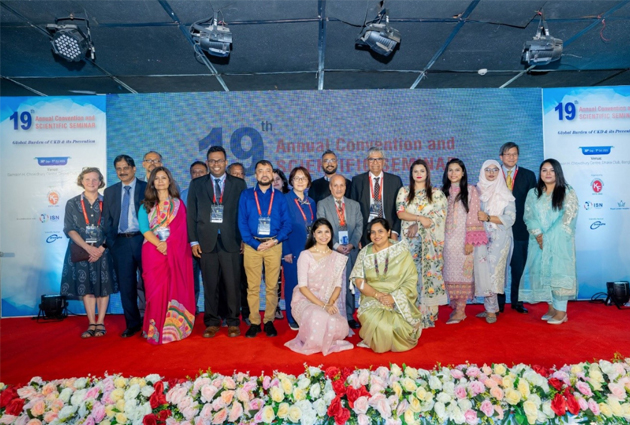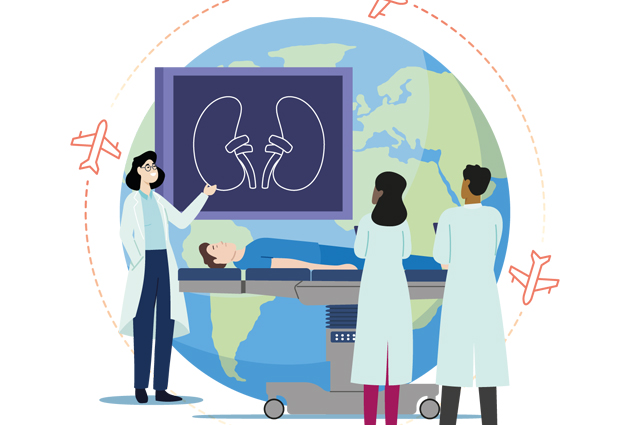Death of Hugh de Wardener
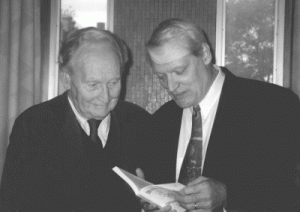 It is with regret that we announce the death of Hugh de Wardener on September 29, 2013 (ISN President 1969-1972). He was 97 years old.
It is with regret that we announce the death of Hugh de Wardener on September 29, 2013 (ISN President 1969-1972). He was 97 years old.
Hugh Edward de Wardener was born October 8, 1915 in France of American parents. He was educated in England and took on British citizenship as a medical student to avoid doing army service in France. His family background was colourful. His name was French, but in the French Revolution, his family escaped to Austria. His paternal grandfather fought in the battle of Solferino where the Austrians were badly beaten by the Italians. This was considered rather a disgrace, so he immigrated to America where he got involved with the Civil War and spent some time as a prisoner-of-war in the South.
His father, Rudolph de Wardener fought in the US army in Europe during the First World War and stayed there afterwards, traveling frequently between France and England. His mother came from Albuquerque, New Mexico, and was learning singing in Paris where she met and married Rudolph. Hugh de Wardener’s early childhood was spent in France and he did not learn to speak English until he was eight years old. He was sent to Malvern College and then went to St Thomas’s Hospital Medical School where he qualified in 1939.
With this background, it is not entirely surprising that Hugh de Wardener had the resources not only to survive but also to make the most of adversity. He failed to get a house job at St Thomas’s Hospital, London and took on the next job that was available which was house physician in a hospital in Scunthorpe, a small industrial town in northern England, where there were only two teams, each consisting of a consultant and a house physician, responsible for 200 beds (rather different from today). At the end of his first week, his consultant was killed in a car crash, so there he was, newly qualified, in charge of all the medical and pediatric beds.
He then joined the Royal Army Medical Corps and was sent to Singapore where he arrived a month before it was taken by the Japanese. He spent the rest of the war in Japanese prisoner-of-war camps. He was initially sent to Siam and was put in charge of the diphtheria ward where he found that keeping patients lying still and not sitting up (not easy when covered with lice) reduced the risk of the sudden death that can occur with diphtheria. In the next camp, he was put in charge of the cholera ward. It was during this time that he made seminal observations about the development of cerebral beri-beri (Wernicke’s encephalopathy) due to thiamine deficiency and often precipitated by dysentery. At that time, Wernicke’s encephalopathy was thought to be caused by heavy alcohol intake. He managed to get supplies of vitamin B1 from the Japanese and could therefore cure some of those affected. He realised that these were the first observations proving that Wernicke’s was caused by vitamin B1 deficiency and not due directly to a heavy alcohol intake, and the Japanese were destroying any evidence about how they were mistreating their prisoners.
Before being moved to another camp, he and a few friends put their notes in a four gallon tin, which was soldered, and then wrapped a cape. They then dug a hole, about two or three feet deep in a grave, where somebody had been buried eight feet deep, and put their notes there. They then took bearings of various trees, because they did not know when they would get back or who would be there when the war was over. As a matter of fact, it was only three months later that one of the friends who was a prisoner in the camp rescued it. It was just about in time: the cape had gone, and there were holes appearing in the solder and the tin, but the notes were safe. He published his observations as two papers in the Lancet: “Cholera epidemic among prisoners-of-war in Siam” (1946) and “Cerebral beriberi (Wernicke’s encephalopathy): review of 52 cases in a Singapore prisoner-of-war hospital” (1947). He was awarded a military MBE in 1946.
After a period of convalescence following his return to the UK, he became a medical registrar at St Thomas’s and joined the Medical Unit there as a senior lecturer in 1949 so he could continue doing research. It was during his time there that he became involved with the kidney. At that time, patients with kidney failure died – there was no dialysis, no transplantation, and even making the diagnosis was difficult. His initial work was on renal hemodynamics in polycythaemia. He then became interested in diuresis and did the initial experiments that convinced him, against prevailing thought at the time, that there was a circulating natriuretic substance that made the kidney increase sodium excretion. Over the years, it became a search for a sodium-potassium ATPase inhibitor. He was often teased by doubting colleagues, “Where is the white powder, Hugh?”, but he never doubted himself; it was eventually isolated and its structure determined at the Upjohn Laboratories in Michigan in 1991.
Hugh de Wardener was a clinical researcher par excellence. He always wanted to know “how” and “why” and do the best for his patients. His interests and achievements covered not only renal physiology but also the development of modern nephrology and dialysis in the UK. In 1961, he moved to Charing Cross Hospital where he was Professor of Medicine for the next 20 years. The same year he heard Belding Scribner describe his first three patients on maintenance haemodialysis and Hugh established maintenance haemodialysis at Charing Cross Hospital in 1964.
On the recording made for the video legacy project of the International Society of Nephrology, Hugh de Wardener states “Try and be first in everything, and if you can’t be first, be second. ” This approach underpins the many aspects of his work – among the first first to perform renal biopsies in the UK, then study them and point out that it is the damage in the interstitium and not the glomeruli that is related to renal function, first to use prophylactic antibiotics to prevent urinary infection in adults, first to show that plasma from volume expanded animals inhibits sodium transport, among the first to develop maintenance haemodialysis in the UK, in the vanguard of studies looking at renal bone disease and the importance of calcium levels in dialysate, one of the first to realise importance and develop clinical information systems, among the foremost of those promoting the role of sodium in hypertension.
Hugh de Wardener also played an important role in developing the societies that now underpin UK and international nephrology. He was a founding member and president of the International Society of Nephrology (1969-1972), and also President of the UK Renal Association (1975-1978). He was instrumental in founding the National Kidney Research Fund (now Kidney Research UK). His many awards including the Homer Smith Award from the American Physiological Society in 1972, the David Hume Award from the National Kidney Foundation of America in 1982 and the Hamburger Award from the International Society of Nephrology in 1993. He was elected to medical societies in many countries including France, Czechoslovakia, Belgium and the US. He was awarded an OBE in 1981.
Following retirement in 1981, he effectively started a second career in hypertension working with Graham MacGregor at St George’s Hospital Medical School, London. He published many papers on sodium and hypertension. This work was recognised by the Franz Volhard Award from the International Society of Hypertension in 1996. He had a second retirement in 2004 at the age of 89. On being asked about the setting up of an annual de Wardener lecture, his reply was “I am not dead yet – only if I give the first lecture”! So in his 90th year he gave an outstanding lecture at Charing Cross Hospital to many friends and colleagues on his favourite topic of plasma sodium and hypertension. The de Wardener lecture is now held at the annual UK Renal Association conference and is awarded to those who have excelled in clinical research.
Hugh de Wardener inspired many who worked directly with him to continue his philosophy of clinical research. He wrote the first clinical nephrology textbook “The Kidney” which went into four editions and inspired many generations of young physicians and nephrologists during their training. As well as his huge scientific achievements, he demonstrated an awareness of the individual lives of his patients and the rigours of being on dialysis. One of his many “firsts” was to set up a charity to fund holidays for his patients on dialysis and through this to purchase a disused convent on the south coast that was converted to a holiday home for their use.
His personal life was also affected by the war. He married Janet Simon in 1939 and their son, Simon, was born in 1942. Soon afterwards, Janet was told that Hugh was “missing, believed dead” after the invasion of Singapore; happily this proved to be inaccurate. He subsequently had one daughter, Gabrielle. He finally had a long happy marriage from 1961 with Josephine Storey who was the nurse with whom he had set up the Charing Cross haemodialysis unit. They had two sons – Max and Rudy – their names reflecting his pride in his long family history.
This orbituary was contributed by Edwina Brown and John Feehally.
Join the memorial for Prof. Hugh de Wardener on April 5, 2014, CLICK HERE for further information.

